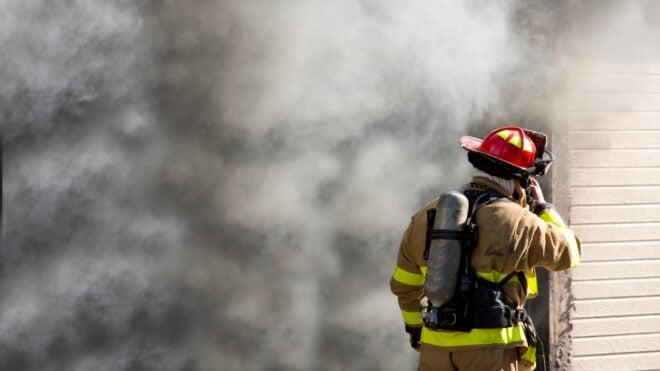As anyone who's ever lived in "Tornado Alley" can tell you, it's so important to know all the facts about twisters.
Even if you're not living in the area most prone to outbreaks (down the middle of the United States), you really should still have a basic knowledge of the dangerous weather patterns.
Plus, there's just something so fascinating about cyclones that inspires some people to spend their lives chasing after them to capture them on film. While I never went that far, as a kid growing up in Oklahoma, I did spend a lot of my youth heading outside to watch the sky morph into beautiful hues and inhale the aroma of the stormy atmosphere.
Of course, I would always head inside to shelter if the tornado warnings got too close. Luckily, I've never experienced any of the super-serious vortexes that like to frequent neighborhoods further south from my hometown.
Take a look at the tornado facts below to learn more about the extreme weather patterns.
And be sure to SHARE the info with your loved ones!
1. Outbreaks Don't Just Form In "Tornado Alley"
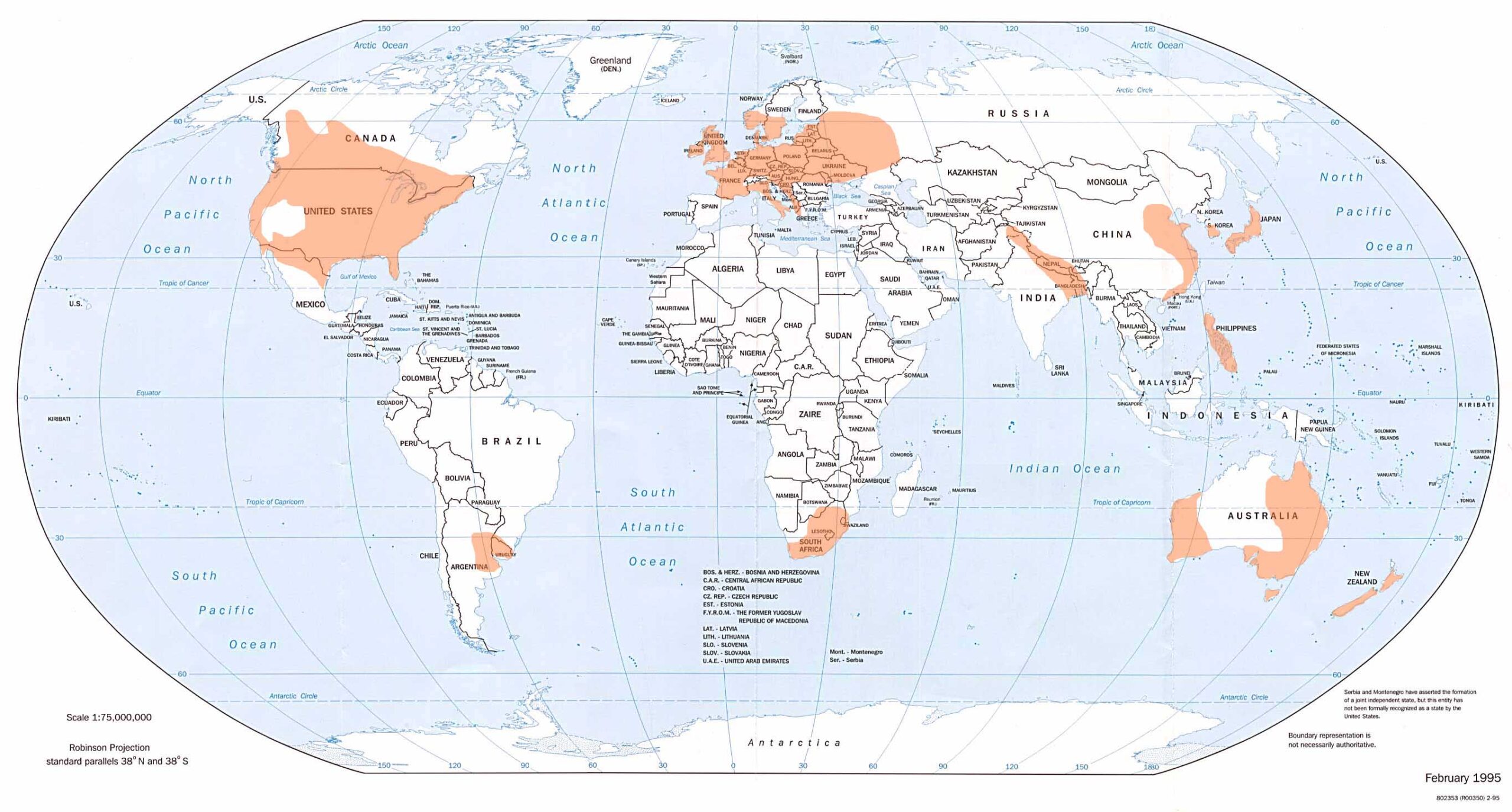
Though they are more frequently found happening in the middle of the United States, every continent except Antarctica has experienced an outbreak.
Out of all the countries, though, the U.S. is the most prone to tornadoes due the geographical proximity of major mountain ranges, the Gulf of Mexico, and frequently strong upper-level jet streams.
2. They Don't Hop Around
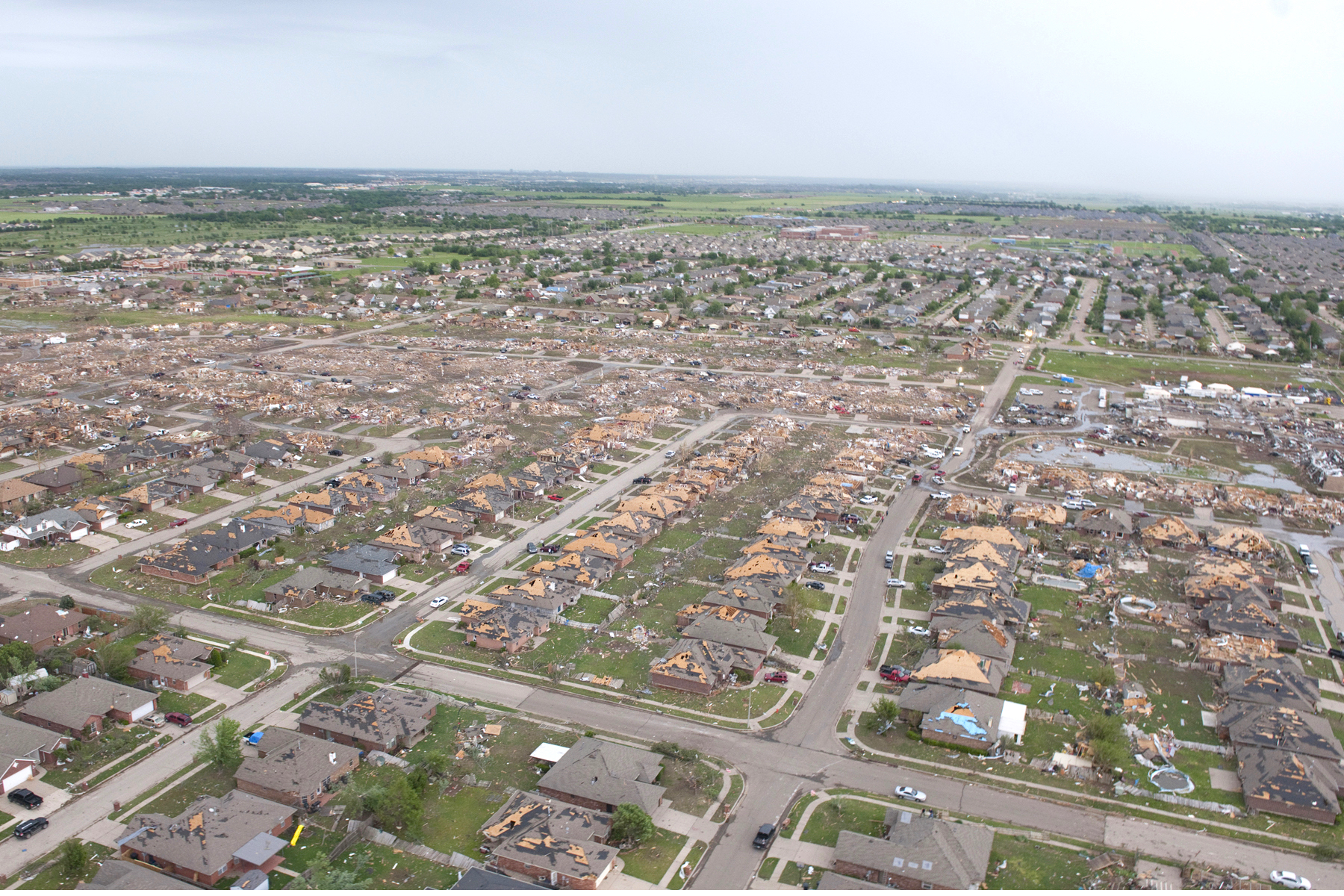
While looking at the damage in a neighborhood where one house is destroyed and the one right next to it is fine has led many to believe that the cyclones play a game of leap frog when they touch down. In reality, it's when there are multiple vortexes of varying intensity that create this appearance.
3. Opening Your Windows Won't Reduce Damage
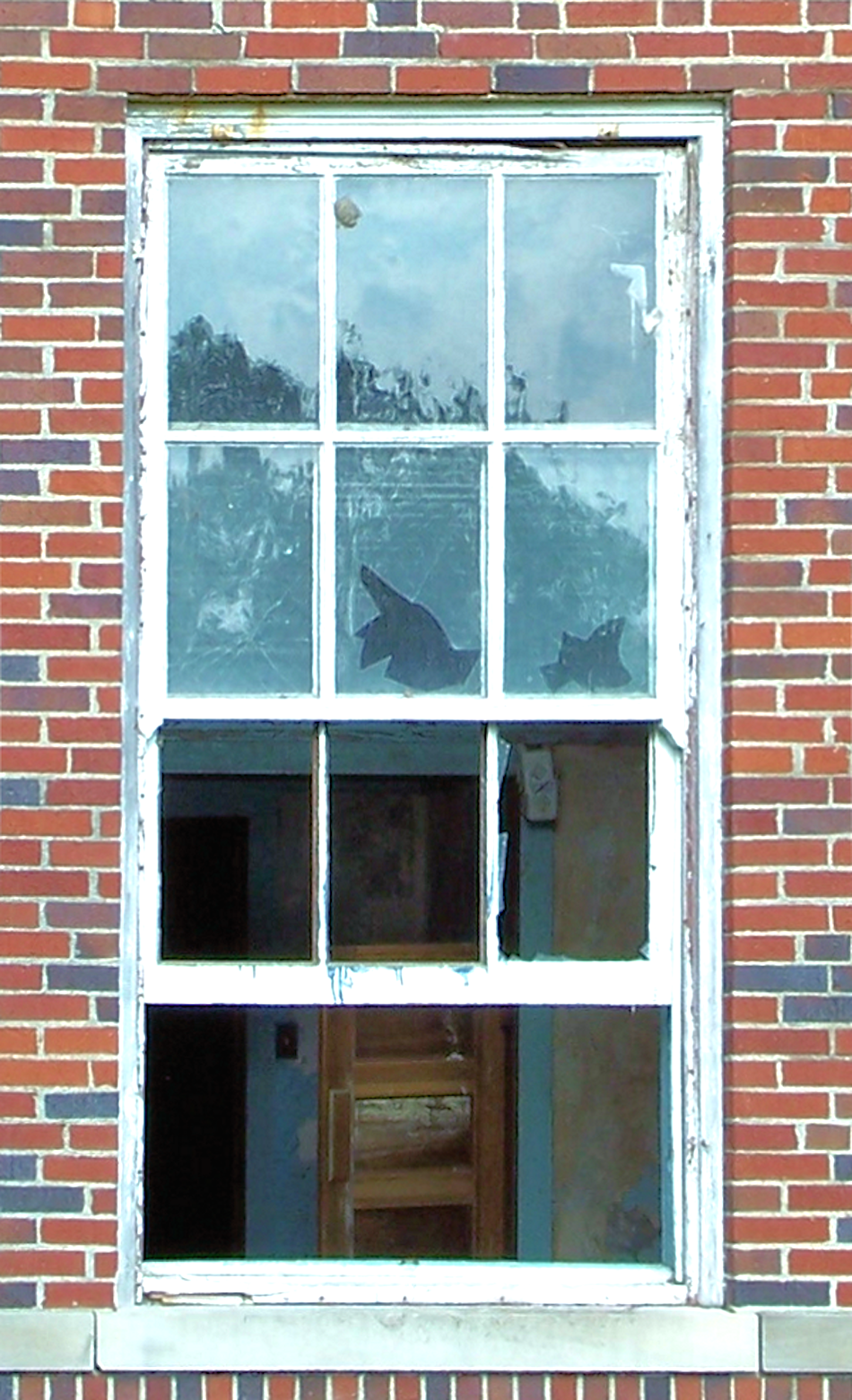
Many people believe that opening their windows will relieve the atmospheric pressure being built up by the vortex, but the drop in atmosphere is actually very small.
Meteorologists explain that doing so is not only a waste of time that could be used to find proper shelter, it also puts you in danger of the glass shattering and injuring you while you attempt to open it in the extreme weather.
4. Highway Overpasses Are Not The Safest Shelters
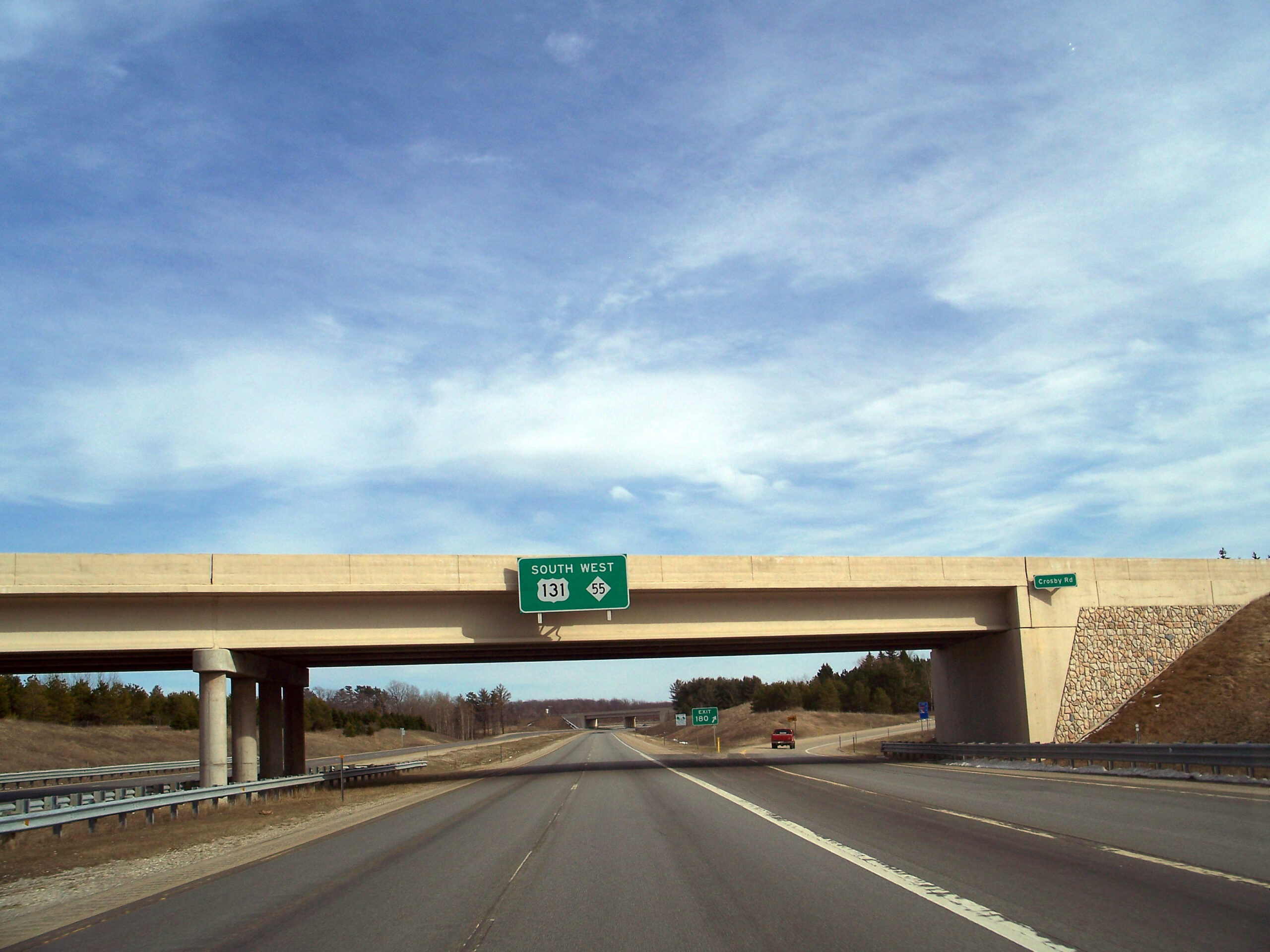
There have been cases of individuals surviving damage while on the road by leaving their vehicles and crouching below highway bridges, causing many to believe it's the best space to duck and cover. But those folks were really just lucky that the path of the vortex veered away.
In reality, the area makes a person far more susceptible to debris, as many unfortunately found out during a 1999 tornado outbreak in Oklahoma where three different overpasses were struck and fatalities occurred at each one.
If you find yourself out on the road when an outbreak occurs, your best bet is to find a ditch or culvert to lie in until it passes.
5. There's A Difference Between Warnings And Watches
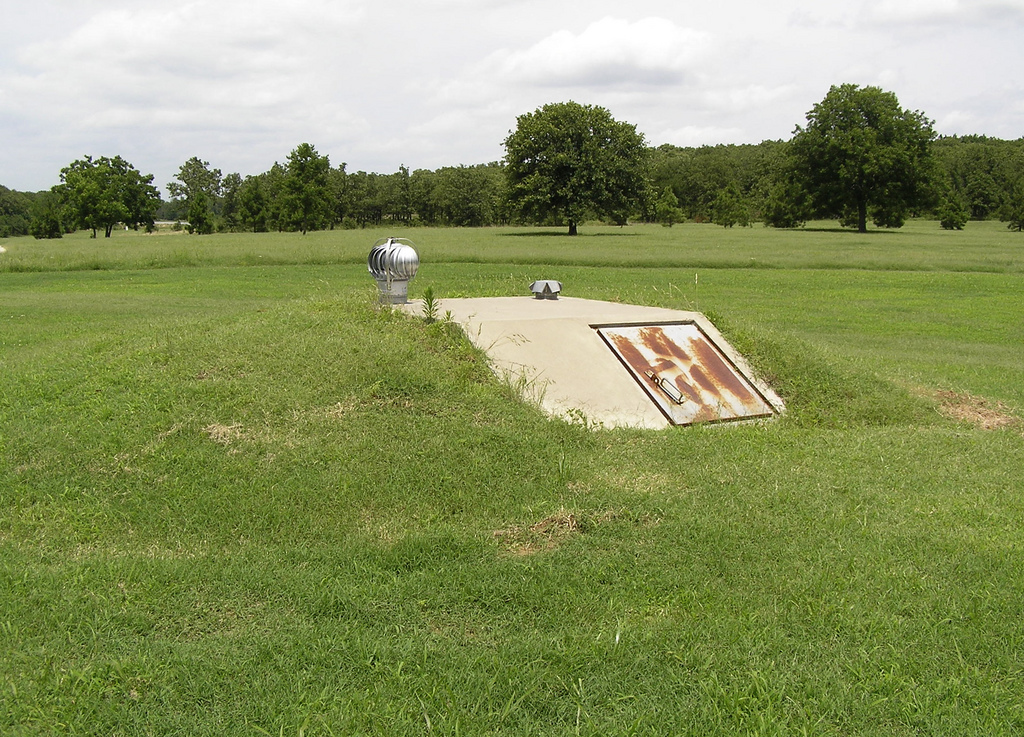
It can be a little confusing, but a tornado watch is when the conditions are prime for a vortex to form and could occur at any moment, but not imminent.
A warning is when the outbreak is either already occurring or is in fact imminent, at which point you should seek shelter.
6. Not Every Cyclone Is Technically A Tornado

In order to officially be classified as a tornado, a vortex must be a violently rotating column that touches both the clouds above (causing its formation) and the ground below simultaneously.
7. Forecasts Have A 70 Percent "False Alarm" Rate
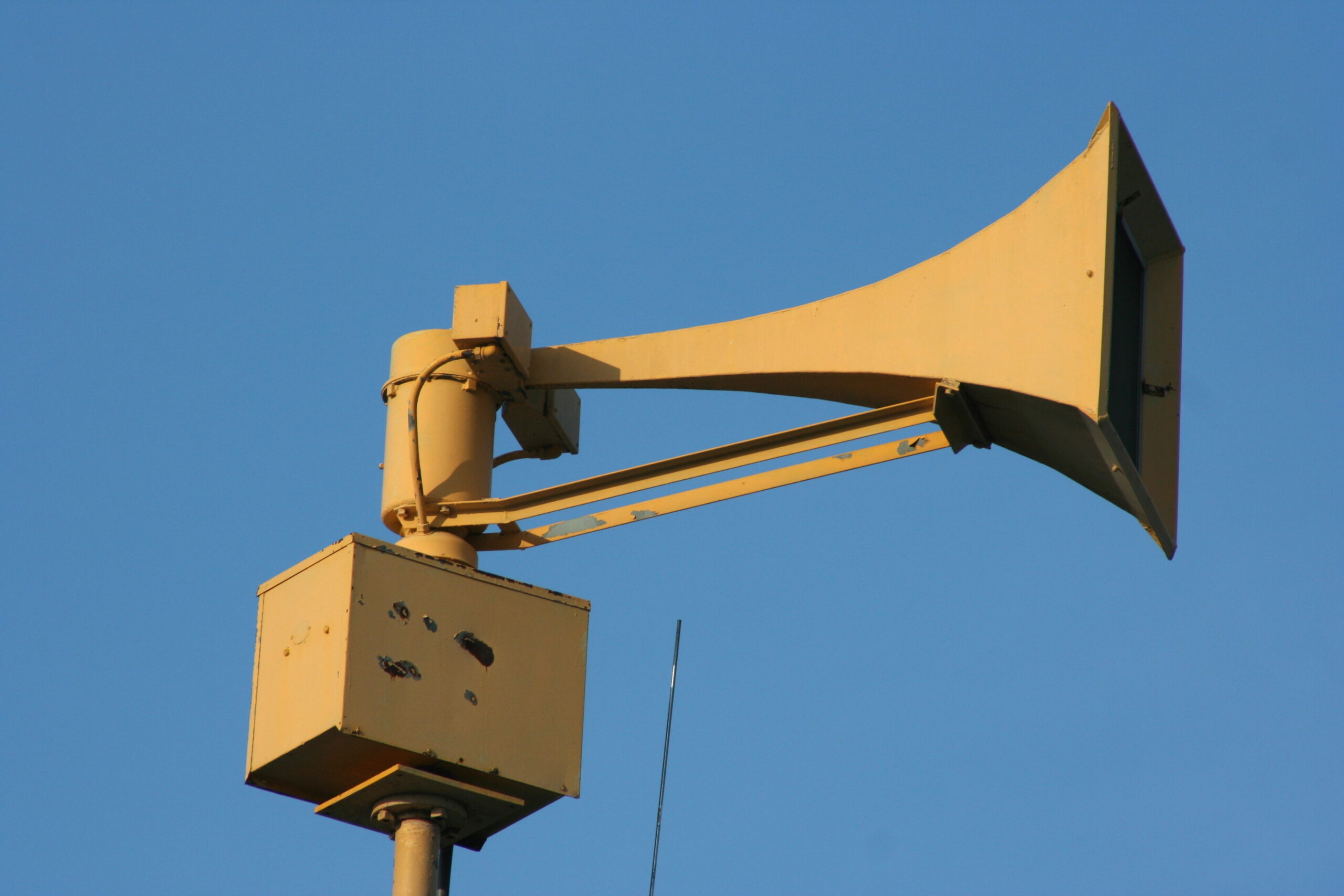
Though scientists have gotten better at predicting tornadoes since the first forecast in 1948, many people don't take them as seriously as they probably should because of the large margin of error.
8. The Deadliest Outbreak Occurred In 1925
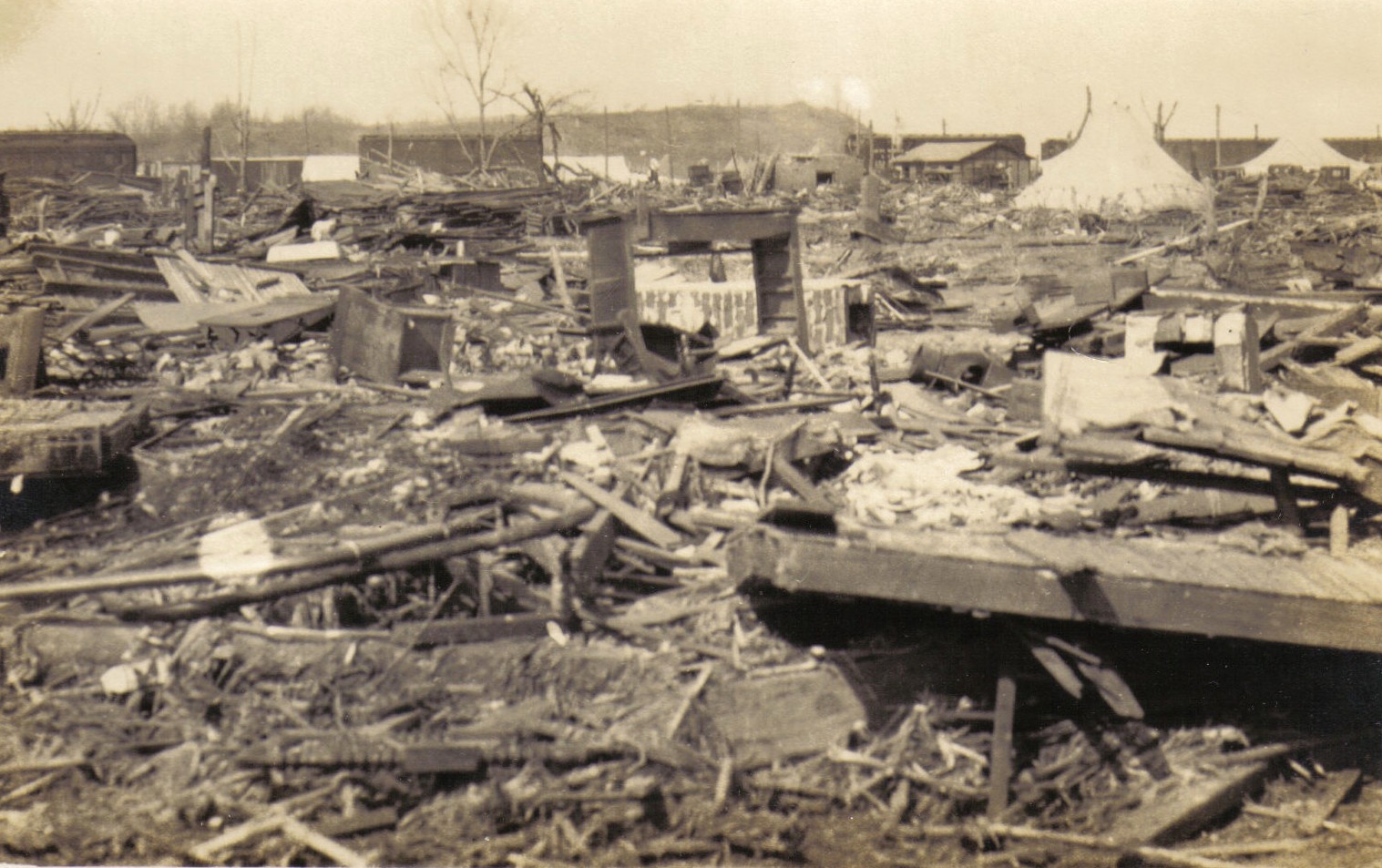
Known as the "Tri-State Tornado," 12 different vortexes touched down in Illinois, Indiana, and Missouri, leaving a 235 mile-long track that caused the deaths of 695 people in the area.
9. A Tornado Helped Fight Off British Invaders

On August 25, 1814, a day after British troops set fire to buildings in Washington, D.C., residents noticed a change in the hot summer weather, signaling a potential cyclone formation and took cover.
Without the same weather knowledge, though, the troops occupying the center of the town were swept up by a vortex that flung their cannons across town and took several lives.
10. There Are Over 1,000 Tornadoes In America Yearly
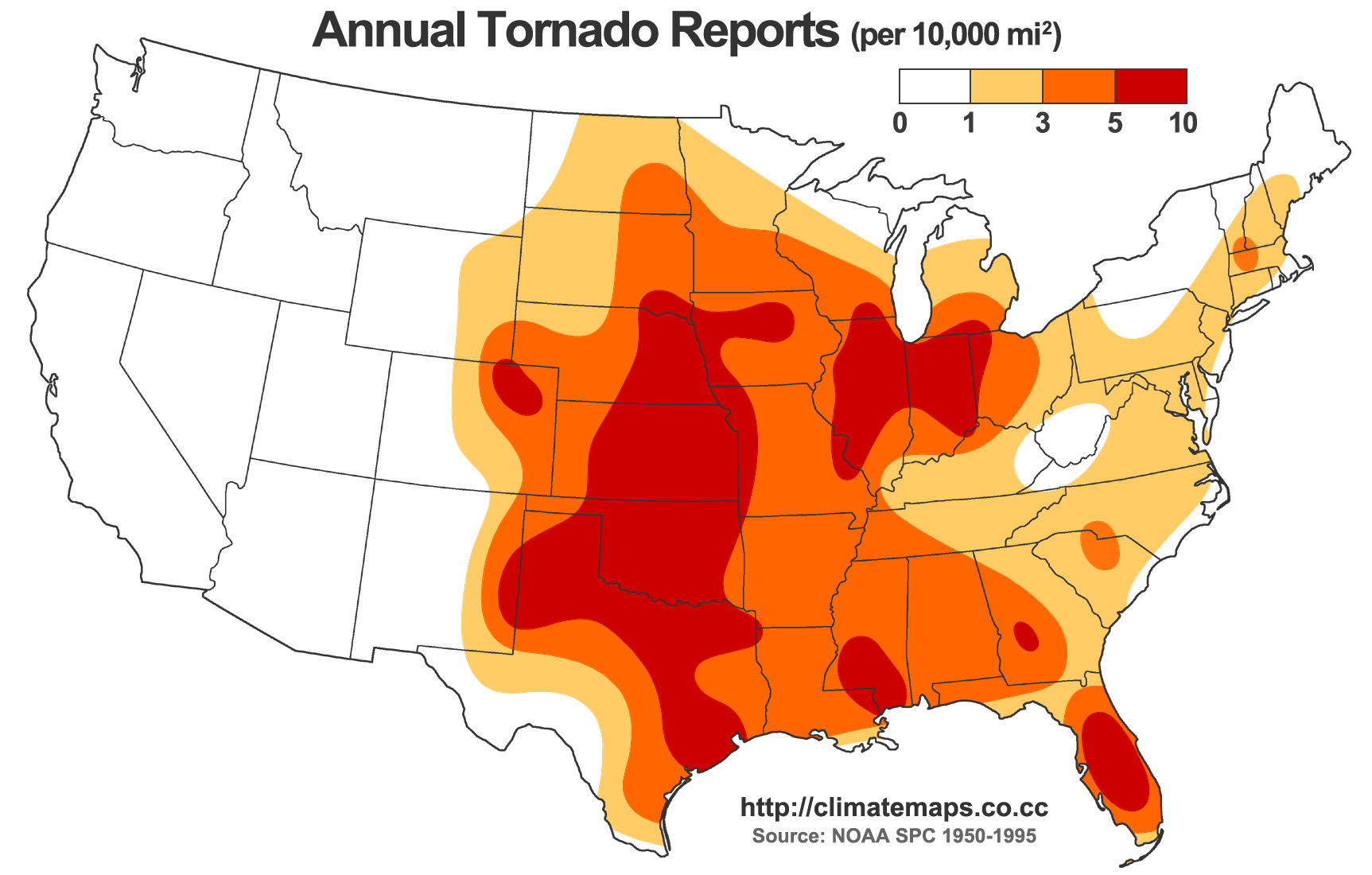
In 2015, there were 1,178 cyclones across the country, but the number dipped down to 969 in 2016. On average, there are also 60 fatalities from the outbreaks.
11. Oklahoma City Has Seen The Most Tornadoes

Along with its neighboring suburbs, there have been over 100 officially recorded cyclones touching down in the area over the years. However, the Weather Channel explains how that number might be too small:
"From 1890 to 2015, at least 160 tornadoes were documented in the Oklahoma City metro area, an average of just over one each year. Since weak tornadoes were not always documented prior to 1950, this number is likely well underestimated, according to NWS."
Did we miss any tornado facts you've heard? Let us know below and be sure to SHARE with your friends!



